The Snowy Mountains (Australia) Hydro-Electric Scheme, begun in 1949, was 25 years in construction, and remains one the world’s great engineering and social achievements. Attaining its goal of irrigating the arid Australian interior for food production, and generating hydro-electricity, it also dramatically changed the nature of Australian culture.
Over 100,000 workers, displaced after World War II and from more than 30 countries, were brought in during the course of the scheme. The experience of work at Snowy and the sheer migrant numbers moved the Australian population from stolidly British and Anglo-Saxon to determinedly multi-cultural. The man in charge of the scheme, New Zealander William Hudson, told workers he toured Europe’s displaced persons camps and offered work twenty-four thousand miles away: “You won’t be Balts or Slavs … you will be men of Snowy”.
Born in Nelson, New Zealand, in 1896, Hudson was educated at Nelson College and studied civil engineering at London University. When Hudson told his father of his decision to study engineering, the response was, “Bill, that’s all you’re bloody well good for” – an ironic understatement for the man who was to forge one of the world’s great engineering feats. When war was declared, he enlisted in the British Army to fight in World War I. After the war he graduated with first class honours and completed post-graduate study in France, then joined the large British engineering firm, Armstrong Whitworth.
The Chosen One
He returned to New Zealand in the 1920’s to undertake supervision of the construction of some of New Zealand’s first hydro-electric power schemes at Mangahao and Arapuni. After work in Australia and Scotland, Hudson became New South Wales Chief Civil Engineer. In 1948 he was personally chosen by Australian Prime Minister Ben Chifley to head the construction of the Snowy River scheme.
In the post-war 1940’s Australia’s acute needs for water, power, labour and capital were the most important challenges it faced. As demand for agricultural exports increased and the manufacturing sector boomed, the shortage of irrigation and power became pressing concerns. Despite opposition to the Snowy Mountains Hydro-Electric Scheme, these concerns, along with a perceived need to modernise industrially and defend against the communist threat of the time, determined that the scheme must go ahead.
William Hudson took up duty on 1 August 1949, under the Snowy Mountains Hydroelectric Power Act, and on 17 October 1949 he fired the first explosive charge. So began a project that would launch Australian engineering and industry into a new era, while ushering in an enduring multi-cultural legacy.
United Nations of Snowy
From the beginning, Hudson was urged to recruit mainly from overseas to avoid taking skilled personnel away from other post-war reconstruction work. Workers from “acceptable” countries proved difficult to garner so Hudson initiated a bold and innovative programmme which drew hundreds of thousands of immigrants from Germany and the Mediterranean countries. A cosmopolitan work-force was created, many expecting welcome release from the devastation, turmoil and unemployment of post-war Europe. Few of the newcomers anticipated the difficult and demanding living conditions that they would soon find themselves in. Futhermore, some came from countries which had fought on opposite sides during WWII. As Brad Collis writes in Snowy: The Making of Modern Australia,
“In the primitive workcamps high in the Australian Alps, Englishmen, Germans, Italians, Austrians, Poles, Greeks, Dutchmen, Portuguese, Spaniards, Hungarians, Swiss, Swedes, Finns, Czechs, Lebanese, Latvians, Russians, Danes, Cypriots, Ukranians, Americans, Turks, Frenchmen, and Norwegians, more than thirty-three nationalities in all – shared hard work and laughter, ate from the same cooking pots, drank at the same bars and vowed to keep ethnic hatreds out of this youngcountry which promised them a new life.”
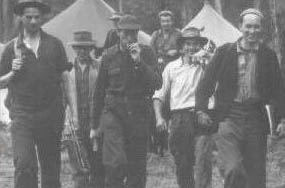
United Nations of Snowy – The Extraordinary Saga of the Snowy Mountains Hydro-Electric Scheme
Rugged Conditions
For the pragmatic Hudson this melting pot was a management challenge, not just in terms of the cultural dynamic, but in terms of safety, of which he was acutely conscious. The living conditions were extremely rugged, even primitive, with some comparing the temperatures to those on the Russian Front during the war. The working environment was extremely hazardous. Access across hastily-made tracks was difficult, and the workers were tunnelling and working round-the-clock on wet and snowy mountainsides.
“Generally you worked in teams so you could watch each others’ backs. It was a harsh environment at the face. Newcomers needed mates to watch out for them until they became acclimatised to the conditions.
“With up to thirteen drilling machines working on a jumbo, visibility would be cut to just a couple of feet after fifteen minutes through fog from the water-cooled drills, dust and exhaust fumes – not a very pleasant breathing atmosphere either.
“It worsened what was already poor visibility, remembering the only illumination in the first place were lamps. Changing thirteen foot drill bits in two feet of visibility meant you needed to know what you were doing”.
Safety and Innovation
Years before McLuhan coined the phrase, Hudson’s Snowy community was a “global village”. The diversity of the workforce developed quickly into a unifying strength socially, but in safety terms it was seen by Commissioner Hudson as an added risk. His solution was to make English language classes mandatory for non English-speaking workers. The wearing of seatbelts in Authority vehicles was compulsory at Snowy well before it was a requirement elsewhere, and drinking while in charge of an Authority vehicle was a dismissible offence.

Worker’s education scheme. The Extraordinary Saga of the Snowy Mountains Hydro-Electric Scheme
Recognising that post-war Australians were now going on holiday in the family car, he developed escorted car convoys around the scheme to promote a sense of communal ownership. Bus tours were also accommodated. Tour operators convinced parents all over Australia that their children’s education was incomplete without a school or family tour. This stroke of inspired public relations helped sell the scheme to taxpayers, and the younger generation. The Snowy Mountains project opened up the Australian alpine region for tourism, with the infrastructure provided paving the way for Australia’s modern ski resorts.
Hudson was given substantial powers in the interests of speed and achievement, and he used these powers effectively, creating an organization based on professional disciplines. His management style was hierarchical, but based on a respect for hard work and excellence.
Leader By Example
He could be a demanding boss, pushing engineers, administrators and workers alike to vigorously keep to budgets and timetables. He was intolerant towards those he didn’t consider were pulling their weight. Sackings for less than 100% commitment were commonplace and written into the standing orders of all supervising officers. Driven by a desire to quash criticism of the scheme, Hudson urged contractors onwards and tunnelling crews repeatedly broke world records. Some viewed him as tyrannical, but he was also down-to-earth and only demanded of others what he expected of himself: “I like sudden problems. They’re a challenge. I like building dams. They’re a job to be done.” Under his leadership the scheme was completed in 1974, under budget and before due date.
There were many design and construction innovations achieved in the scheme, in particular the technique of rockbolting. Previously concrete lining had been usual in protecting workers from unstable rock when tunneling. Under Hudson’s charge, researchers developed innovative rockbolts which were used to individually tie a rock face to the rock beneath it. When linked together in a pattern the rockbolts provided a lateral force that obviated a need for concrete lining. The technique was recently used in the construction of the Sydney Harbour Tunnel.
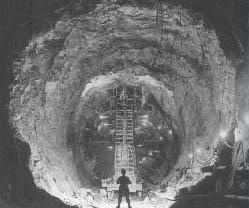
Through the veins of the earth.
The Snowy Mountains Hydro-Electric Scheme meets its two primary aims. It harnesses snow melt from the Australian Alps, it westwards under the mountains to irrigate the arid interior for food production while it generates hydro-electricity as the water falls to the level of the plains.
The Snowy Mountains Scheme has not been without criticism, particularly from environmentalists. It is difficult to imagine such a scheme going ahead today in an age of environmental risk reports and where the Keynesian economics of income generation that underpinned it have been out of fashion for a long time.
But having recently celebrated its 50th anniversary Snowy remains an important asset and a massive human achievement – reflected in no one more so than William Hudson. As Sir James Gobbo, Governor of Victoria, stated in the 1999 Ian McLennan Oration,
“He [Hudson] enjoyed the respect of both staff and workers for he worked with prodigious energy and single mindedness and was very much directly in touch with the site and job difficulties. He believed in the project passionately and managed to ensure its survival through some difficult early years when its success remained to be proved and when doubters, especially amongst the politicians were numerous”.
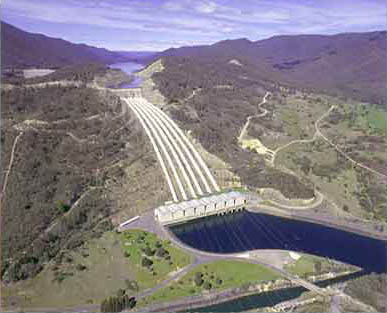
The enormity of the Snowy scheme. Engineers Australia Online
Hudson resigned grudgingly in 1967 aged 71 and died eleven years later in 1978, after receiving international acclaim.

Praise and Acclaim
He was knighted Sir William Hudson in 1955, awarded the Kermont Memorial Medal for Outstanding Engineering Achievement, made a fellow of University College, London, a fellow of the Royal Society, endowed with an honorary doctorate from the Australian National University and was honoured with an Australian stamp. The American Society of Civil Engineers twice rated the scheme as one of the great engineering achievements of the Twentieth Century, and as well as contributing pivotally to a ‘pancultural society’ it put a young, primarily agricultural country at the forefront of world construction technology. Australia’s highest award for engineering excellence was named in his honour. In 1958, then Australian Prime Minister, Sir Robert Menzies, spoke of the triumph of the scheme:
“In a period in which we in Australia are still, I think, handicapped by parochialism, by a slight distrust of big ideas and of big people or of big enterprises … this scheme is teaching us and everybody in Australia to think in a big way, to be thankful for big things, to be proud of big enterprises … to be thankful for big men.”
William Hudson: big man, for a big scheme, from the edge.
References:
Web References:
Brad Collis’s excellent account Of the Snowy River scheme, Snowy: The Making of Modern Australia, extracts found on the web pages:
http://www.users.bigpond.net.au/snowy/
Sir James Gobbo, Governor of Victoria, Ian McLennan oration at the University of Melbourne,
http://www.unimelb.edu.au/ExtRels/majorations/jgobbo99sep23.html
50th Anniversary of the Snowy Scheme address, by Australian Prime Minister John Howard,
http://www.pm.gov.au/media/pressrel/1999/address1610.html.
Short biographical entry from University of Melbourne Page,
http://www.asap.unimelb.edu.au/bsparcs//biogs/P001487b.htm
Article in Engineers Australia (magazine), by Susan Bambrick, (Dec 1998/January 1999),
http://www.engaust.com.au/ew/1298coverstory.html
Official site of the Snowy Mountains Hydroelectric Scheme,
http://www.snowyhydro.com.au/smha/corporate/sms.cfm
Books:
Eugene Grayland. (1967) Famous New Zealanders, Whitcombe and Tombs, Christchurch.








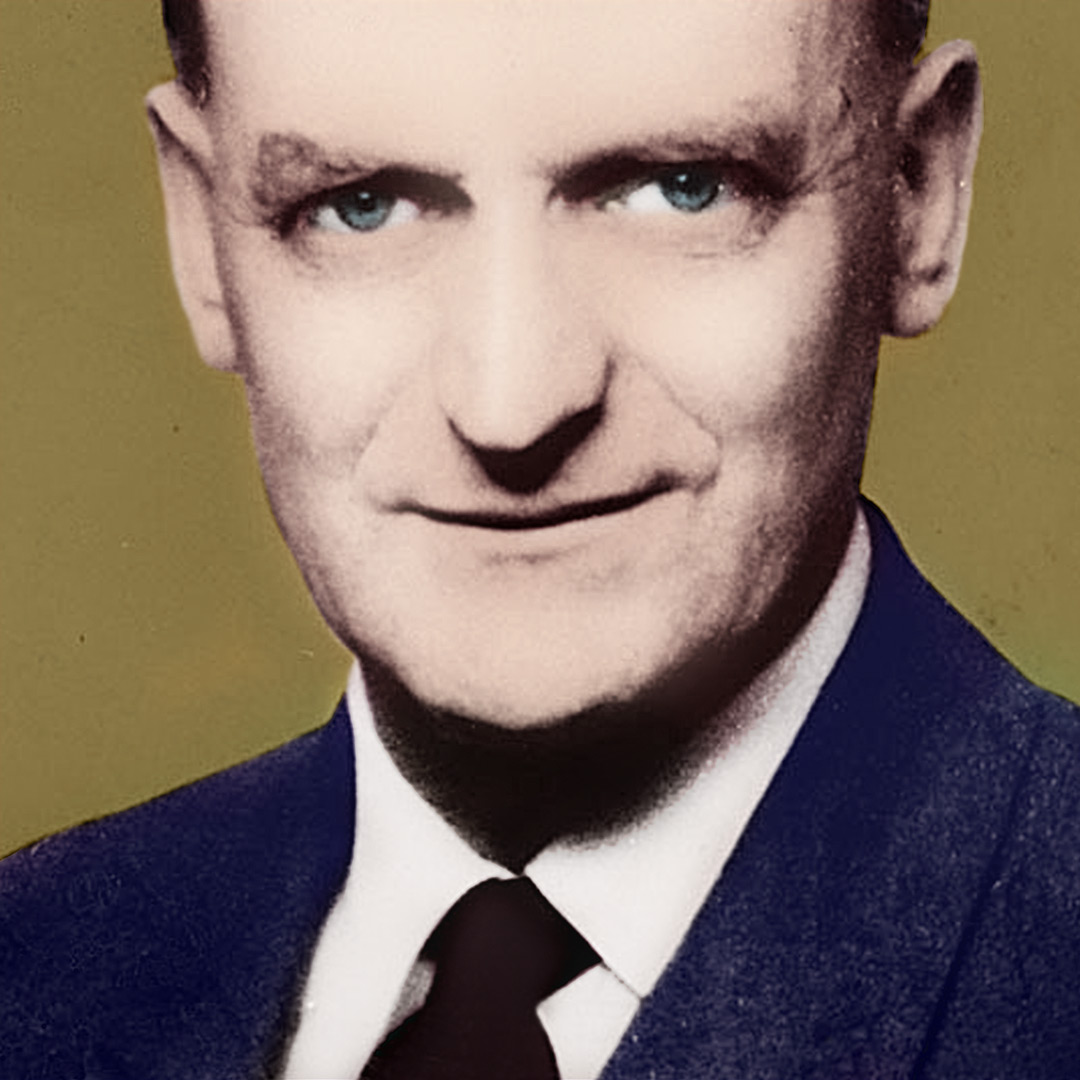



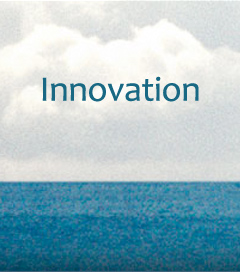
Wow well versed I’m PROUD TO A KIWI/ALSO AUSTRALIA & THE REST OF THE WORLD THAT ACKNOWLEDGED THIS GENTLEMAN OF MANA & FORESEEN & THAT FOR CREATING DIVERSITY IN THE WORKFORCE & CHANGING THE PERCEPTION & MINDSET OF WHITE AUSTRALIAN’S OF THAT TIME & FORGING AHEAD THE TRUE MEANING OF HUMANITY & BROTHERHOOD & SCARIFIES THAT A TESTAMENT OF EVERYONE & THE FAMILIES THAT WE ALL INVOLVED & PAVING THE WAY OF THE FUTURE